Brain. Introductory course: meet your master and master
- Transfer
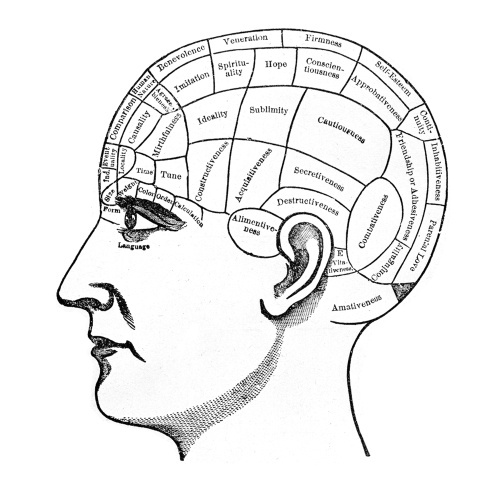
I would venture to begin with a bold statement and say that you are your brain. Everything that you think, feel and experience, happens in the brain, and, perhaps, solely because of the brain. Your consciousness arises in it, your love lives there, your irritation by the neighbour’s barking dog at night is also located there (although many philosophers studying consciousness would argue with such reductionism). Therefore, it does not seem to me a very bad idea to study the main works of our Lord Commander of the Brain Patrol (sorry).
1. Neurons and how they converse with each other.
Firstly, the brain is not a porridge of identical cells that mysteriously contain your consciousness (although you cannot deny some mysteriousness of consciousness). It is a mixture of thousands of different types of nerve cells working on specific functions. Some transmit sensations from the eyes, ears, fingers, gills, wings, or whatever else, to the brain and therefore are called receptor neurons. Some transmit your intention to move a muscle and are called motor neurons. Some work with everything else and are called intermediate neurons.
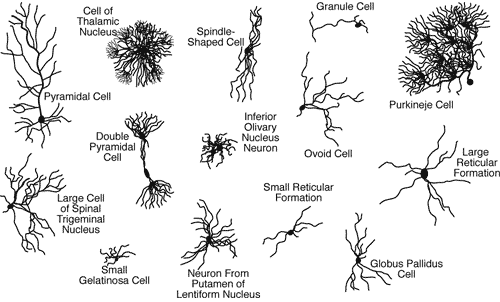
A small set of what you really have in your head
And my favorite: Purkinje cell, which certifies the accuracy of your motor coordination. Well, is not it simpampushechka?

The connection between these things is very important for your, well ... well, everything, so let's see how it happens. In fact, they send electrical signals using chemicals (this sounds fantastic, and we haven't started yet). After activation of the neuron, the electrical signal (bioelectric potential) goes on until it reaches the synapse: a small gap between two neurons, where information is exchanged. This signal causes the active neuron to release neurotransmitters telling the receiving neuron what to do next (either to activate or to remain passive) at the synapse. Suppose a cell notices that there is a nice sandwich in front of you. It is activated and sends dopamine to another cell, which knows that dopamine means waiting for a reward.
Some numbers are hard for me to imagine, just as hard to imagine as Kanye West might like: for example, the brain contains approximately one hundred billion neurons. And these electrochemical processes that I have described occur in a split second. Moreover, the middle neuron is connected to thousands of others, which means there are hundreds of trillions of synaptic connections. Nevertheless, in spite of such astronomical numbers, one should not be led to claims that “there are more synapses than stars in the Universe”, as this is not true (although their number exceeds the number of stars in our galaxy. Snack, Milky Way! ).
2. What is our brain made of?
As the brain developed from the inside to the outside, its oldest parts are the deeper. Old means really old: these parts are common to us and our distant relatives, who conquered land 320 million years ago. Their main functions are quite simple (but still they allowed our ancestors to survive, and we - to appear). They are responsible for the heartbeat, respiration of the lungs, regulation of body temperature, etc. This part is called stem. If I throw a stone, and you will bend down, not thinking about it - this was helped by ancient reflexes. You do not have to remind yourself about breathing (unless you are talking to Beyonce) your wiring with a million-year age is also responsible for this. Next to the stem part is another ancient structure - the cerebellum, which literally means "small brain" (it really looks like a small brain). He is responsible for the coordination of movements and thanks to him you do not move like a robot with burnt electronics. He constantly compares what kind of movement you wanted to do with what your limbs really do and intervenes if he notices a discrepancy. The cerebellum also helps you with the accuracy of movements and the development of motor skills - for example, when playing darts, you should thank him for his improvements. With each throw, he corrects your movements until he finds the right position. when playing darts, you should thank him for his improvements. With each throw, he corrects your movements until he finds the right position. when playing darts, you should thank him for his improvements. With each throw, he corrects your movements until he finds the right position.
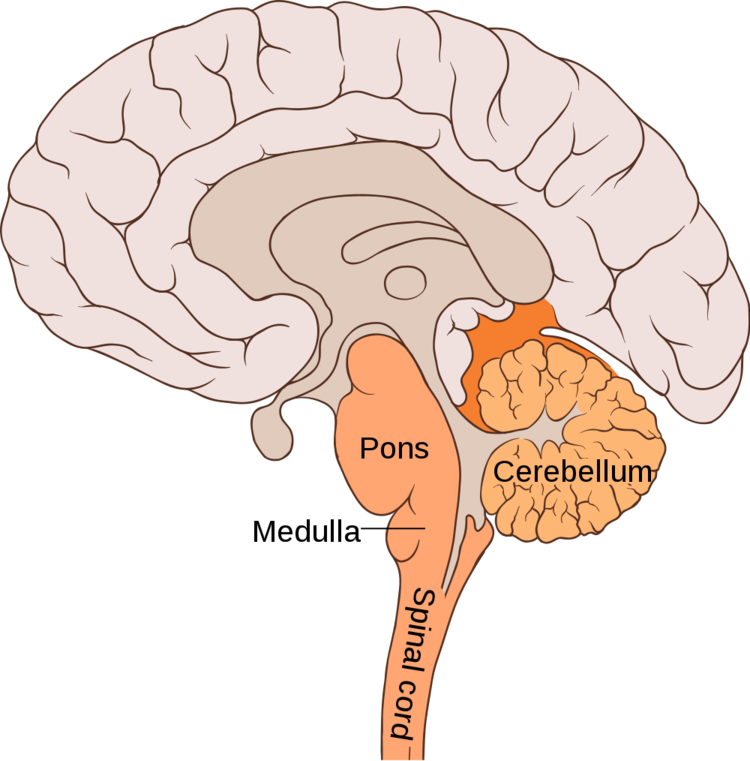
The stem and cerebellum are marked in orange.
A few million years later, new structures developed around the stem (they resemble another portion of ice cream added to the stem). These parts provided our ancestors with simple emotions and motivation ("this food was good. I like this food. Next time I will come closer when I see it. And this predator was bad. I will avoid it"). They also provided a “fight or flight” response and made it possible to learn with experience and predict possible events, and not just react to them. Take a look at the crocodile, in which this part of the brain is missing. Is his emotional life rich? That's the same thing.

The only emotion that comes to mind is “I am now, damn, you will swallow”
These parts of the brain are called the marginal or limbic system (although many scientists argue that this is a deceptive term and this system is not independent). You also need to know the names (and pretend that you understand what they mean) the amygdala and hippocampus. The amygdala is a small thing, usually associated with the processing of fear, aggression and the connection of memory with emotions. If you remove the amygdala from a mouse (or person), they become very meek and stop responding to what usually caused anger or fear. The hippocampus looks like a sea horse and ensures the work of long-term memory. One of the most famous patients in the history of neurology, in which the hippocampus was removed from both sides, could recall what happened to him in the past, but was completely incapable of forming new memories (he suffered from anthroede amnesia). An hour after the quarrel with the nurse, he could have a friendly greeting and asked her who she was. In this case, the damage only affected the work of his conscious memory, but did not affect the learning of motor skills. He could learn a difficult motive task and not remember it.

Bright are the regions belonging to the limbic system.
The last part that you usually think of when you hear the word “brain” appeared. The cerebral cortex, with its wrinkles and depressions. This is the last portion of ice cream, covering the deep structures of the brain, which we have just discussed. In general, you need to know that the crust is divided into two hemispheres, each of which consists of four regions (or "lobes").
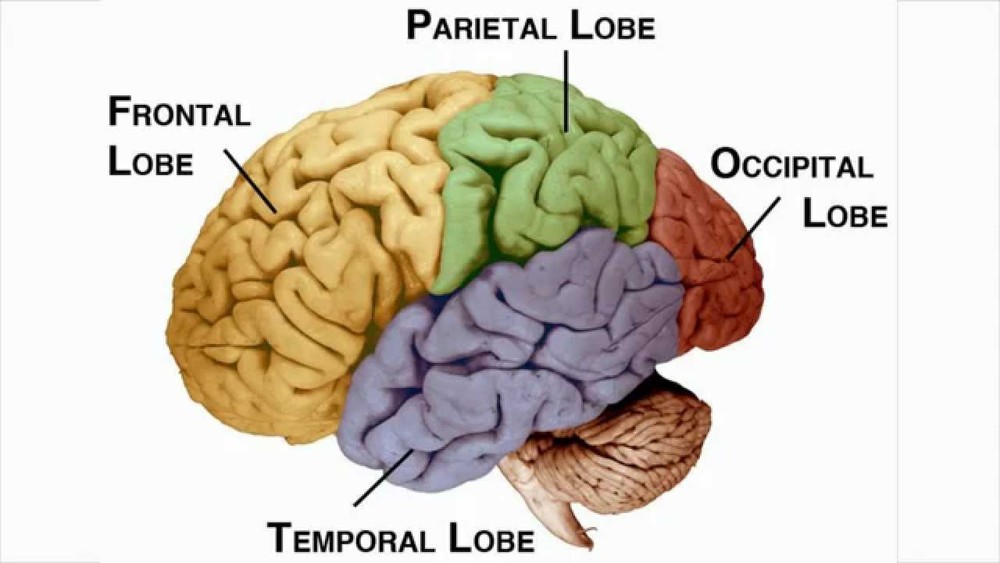
The smallest of them is located in the back of the head, called the occipital lobe and is responsible for vision. Visual signals pass there from the eyes through the entire brain so that they are endowed with meaning and consciously experienced. If you damage this region, it can lead to various visual impairments: you can stop seeing colors or movement, stop recognizing objects - let's say you understand that you see a metal thing commonly used for food, but you don’t know how the hell it is called (this is called visual agnosia). The lobe behind the ears is called the temporal. Its most famous function is hearing processing and language recognition. She also has many additional features - rhythm processing, pitch and other music processing functions, allowing you to enjoy Taylor Swift (or what cool kids are like in today's kids) and keep the concepts and meanings of words. By damaging this share, you will experience very unpleasant things. There is auditory agnosia, when you hear sounds, but you do not understand them - for example, hearing a police siren, you will not understand what it means. There is sensory aphasia when you do not understand speech and have difficulty expressing your thoughts.
The third lobe is located above the temporal lobes and is called parietal. There is a somatosensory system, associated with all the feelings and sensations outside and inside your body. This proportion allows you to feel the touch of a kitten's fur, the pain of a head-on and the muscles that groan after yesterday's exercises. I am sure that you will be surprised if I say that this handsome young man is in direct contact with your region in charge of the sensations.

His name is "sensory homunculus" and it symbolizes how your body is represented in the brain. In the somatosensory cortex there are separate parts associated with parts of the body, processing sensations coming from them. As you can see, your lips are much more sensitive than your ankles; accordingly, the part of the brain responsible for the lips takes up more space (and is drawn from a larger homunculus). In addition, the parietal lobe plays an important role in providing attention (especially in the right hemisphere). If the right parietal lobe is affected by a stroke or other ailment, a condition called “neglect” may occur. This is exactly how it manifests itself - you ignore one of the parts of your world (left). You do not comb, shave or put makeup on the left side of your face,
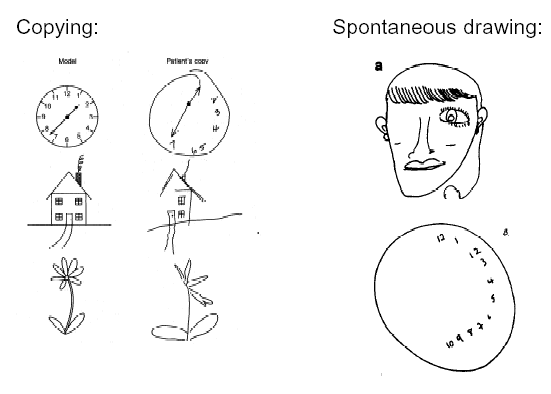
The last but no less important region is the frontal lobe. It is extremely important for what you call personality, or self-awareness. These regions are not engaged in such lower occupations as sorting sensory information; they are responsible for what are called executive functions: planning, decision-making, control over emotions, focusing on the right things and solving problems. Damage to these parts will not lead to the immediate manifestation of such obvious violations as neglect or agnosia, but still imperceptibly play a cruel joke with you. Consider the case of Phineas Gage , a man whose skull was pierced with an iron pin that destroyed almost the entire left side of the frontal lobe.
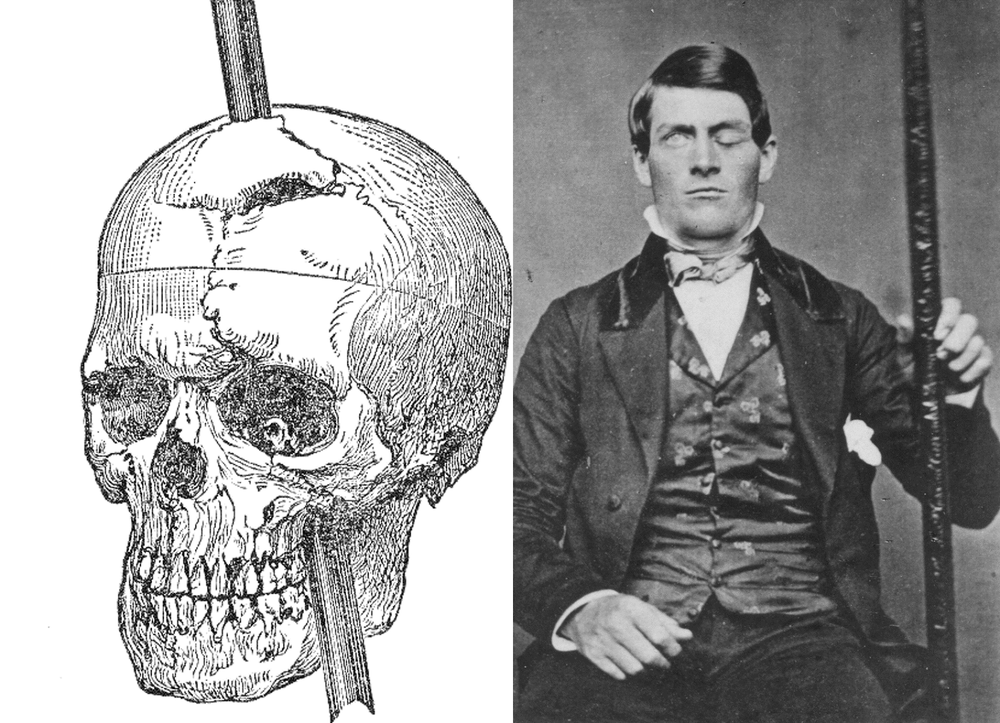
Before the accident, he was a friendly and hard-working person. After that, Phineas turned into an impulsive person, could not follow his plans and keep a balance between "intellectual abilities and animal propensities." But his level of intelligence, memory and general functioning did not suffer (he even reached the doctor himself immediately after the incident, describing him in detail and sneezing with particles of his brain). As a result, only his personality was affected by the incident. The frontal lobes are very multifaceted: in anxious patients, the connection between the frontal lobes and the amygdala is weaker (and consequently, weaker control of emotions). They are also responsible for the experience that will be transferred to the long-term memory, and which experience is forgotten, and so on. In addition, the motor cortex is located in the frontal lobe, sending signals to muscles and providing the ability to move. And she has a lot of work: even such a seemingly simple task, how to grab a sandwich, requires a lot of calculations - which muscles to use in which order, etc. etc. Interestingly, once people thought that it would be more difficult to teach a robot to play chess than to teach it to run. But Deep Blue has already defeated Kasparov, and the attempts to make the robots move look like this (just like me on physical education in high school):
So, if you ask me, the question of how this slimy clot of fat allows us to understand the mysteries of the Universe and ask questions about the meaning of life remains one of the most difficult.
